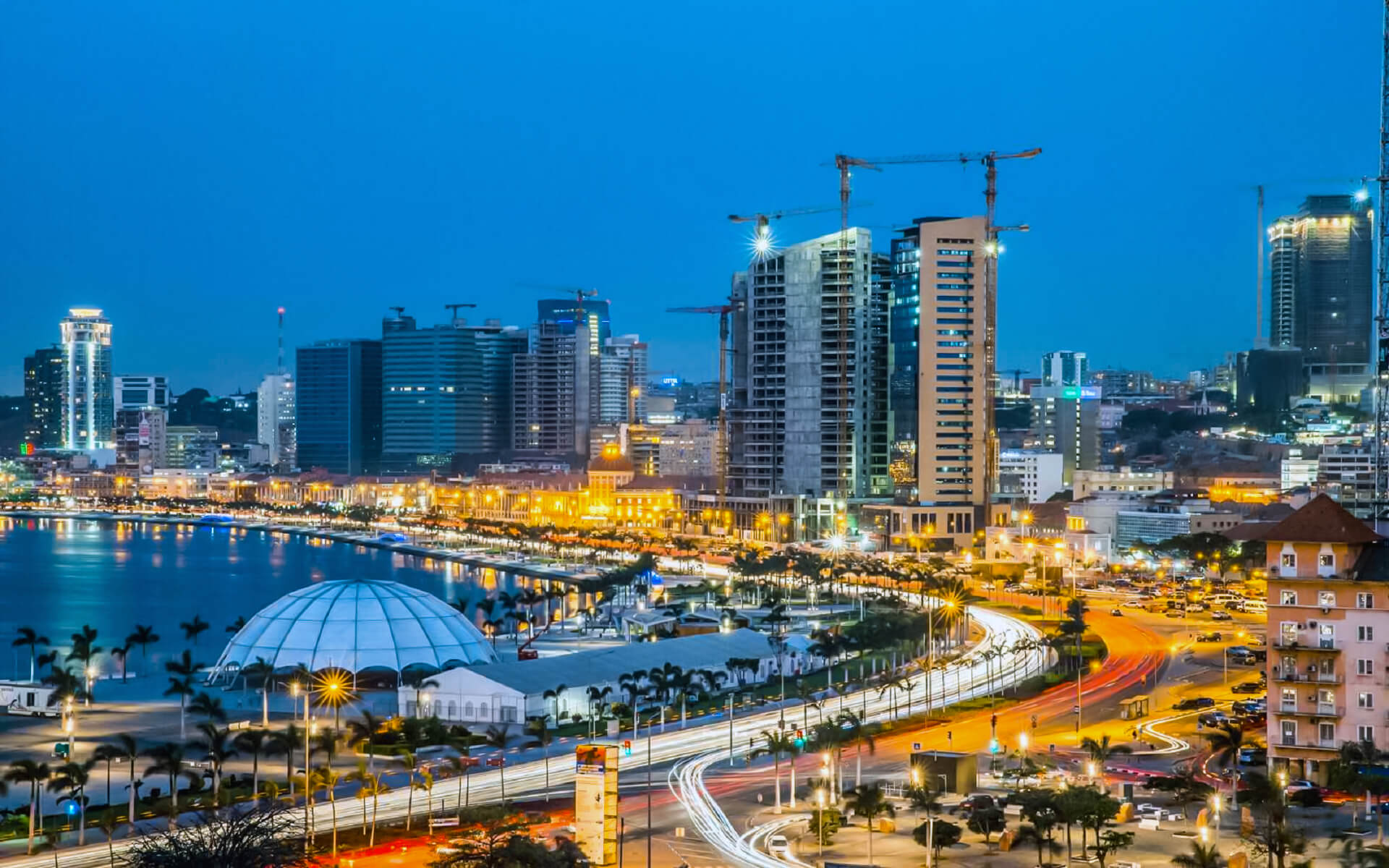Despite its low visitor numbers, the city has a surprisingly high number of international links, which mostly serve Angolans residing abroad (such as in Brazil) and an increasing number of enterprises serving the oil and diamond sectors, as well as rehabilitation (done largely by Chinese workers and Brazilian firms). A few airlines continue to run routes based on Cold War relationships (to Havana and Moscow).
The city serves as the hub for the national carrier TAAG Angola Airlines, one of only three profitable airlines in Sub-Saharan Africa, with flights to 15 Angolan towns. They have regular flights to Johannesburg as well as Douala, Cameroon; Sal, Cape Verde; Bangui, CAR; Kinshasa, DRC; Brazzaville and Pointe Noire in the Congo; Windhoek, Namibia; Sao Tome, Sao Tome and Principe; Lusaka, Zambia; and Harare, Zimbabwe. Dubai, Beijing (via Dubai), Lisbon, Paris, and trans-Atlantic flights to Rio de Janeiro, So Paulo, and Salvador de Bahia in Brazil are among its long-haul destinations.
SonAir, in addition to TAAG, serves around a dozen airports throughout the nation. International service includes flights to/from Dubai (Emirates), Frankfurt (Lufthansa), London-Heathrow (BA), Paris-de Gaulle (Air France), Windhoek (Air Namibia), Brussels (Brussels Airlines), Havana (Cubana, seasonal), Moscow (Aeroflot), Beijing (Hainan, via Dubai), Addis Ababa (Ethiopian), and Lisbon (Brazil Airlines) (TAP Portugal).
When leaving the nation, do not take any kwanza to the airport since it is unlawful to attempt to carry kwanza out of the country; you may be detained by fiscal police and fined (all your kwanza and most of your other money) or imprisoned.


